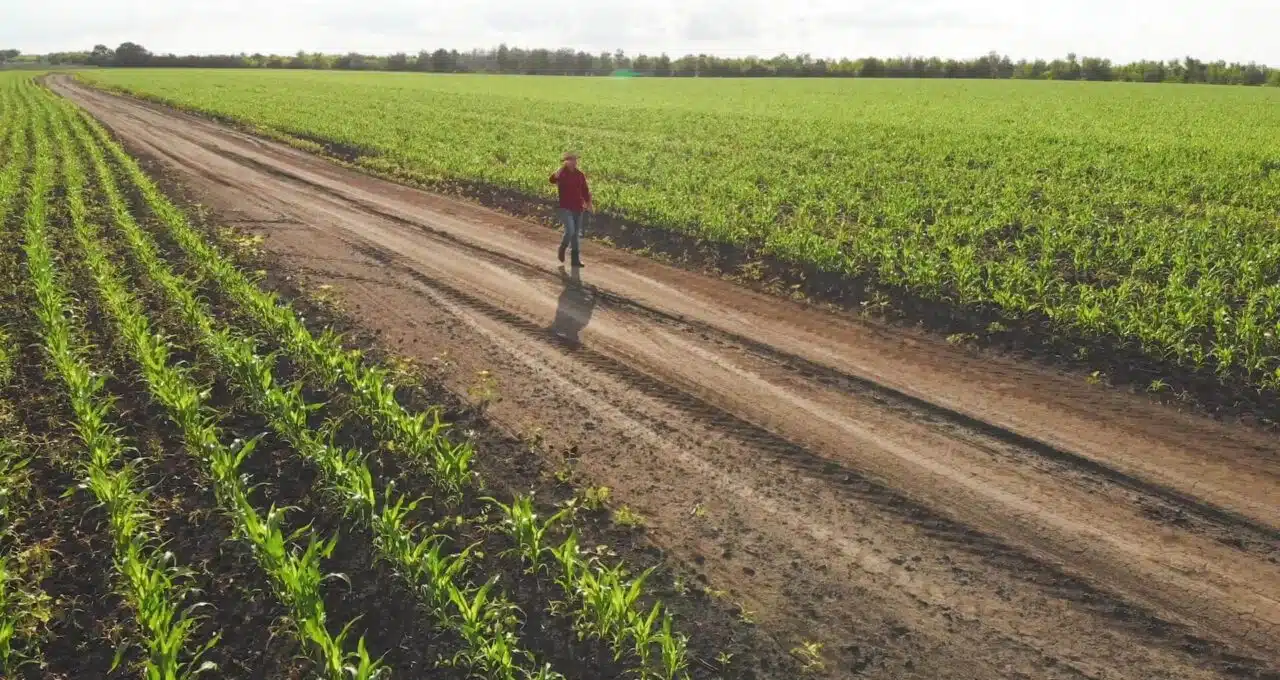

The implementation of carbon sequestration has become an essential strategy for agribusinesses to enhance their revenue streams while simultaneously promoting sustainable agriculture. Engaging in carbon credit initiatives presents a prospect for these producers to gain monetary incentives while adopting techniques that trap carbon from the atmosphere. Considering the fluctuation in carbon credit prices, it is critical for corporate growers to implement a strategic approach to maximize their revenue streams. This article aims to provide a comprehensive strategy for corporate growers to optimize their income sources through carbon sequestration practices. Let’s get started.
The initial step is to ascertain the appropriate carbon credit program. It is imperative for corporate growers to conduct thorough research and select an appropriate carbon credit program that guarantees the value and meets the market demand of their carbon credits. The Verified Carbon Standard (VCS), Gold Standard (GS), and Climate, Community and Biodiversity Standards (CCBS) are the three most widely acknowledged carbon credit types. The various credits available have distinct prerequisites and advantages that must be evaluated in accordance with the grower’s objectives. VCS credits prioritize precise measurement and verification, whereas CCBS places greater emphasis on fostering community involvement and preserving biodiversity. Apart from the acknowledged categories, there exist more specialized credits like the American Carbon Registry (ACR) and the Chicago Climate Exchange (CCX) that provide distinct advantages.
The next step would be to scale up the carbon credit program. In order to optimise their revenue streams, it is advisable for large-scale cultivators to focus on expanding their carbon credit initiatives. The task at hand entails the identification of additional land to be enrolled in the program or the enhancement of carbon sequestration practices on current land. A program implemented on a larger scale has the ability to produce a greater number of carbon credits, thereby enhancing the potential revenue for the grower. It is important to strategically scale the program to prevent overcommitment and potential reduction in the quality of carbon credits.
Implement measures to mitigate the impact of price volatility. The volatility of carbon credit prices may lead to revenue uncertainty for those involved in carbon credit programs. One way to mitigate the effects of market volatility is for corporate growers to utilize hedging strategies. The implemented tactics encompass the procurement and vending of futures contracts to secure a value for carbon credits. The implementation of this approach can offer growers increased predictability in their income and safeguard against market fluctuations.
Staying abreast of the recent advancements in the carbon credit market can pose a challenge for agriculturists and land proprietors. There exist various techniques and strategies that can aid in keeping oneself updated and taking informed actions. Initially, it is crucial to conduct a thorough investigation on the market demand for carbon credits and the variables that impact their valuation. Anticipating price fluctuations is crucial for growers to make informed decisions. In addition, it is recommended that cultivators communicate with their carbon credit program providers and agricultural professionals to remain informed about the most recent advancements and optimal techniques. It is advisable for corporate growers to engage in collective actions with fellow farmers to enhance their bargaining power and negotiate favorable terms for carbon credit programmes.
The practice of carbon sequestration is gaining popularity among corporate growers as it provides an opportunity to generate extra revenue while also promoting environmental sustainability. It is imperative for these producers to implement a strategic methodology to optimize their revenue streams and safeguard against the unpredictable fluctuations of carbon credit prices. Through the identification of suitable carbon credit programs, strategic program scaling, and protection against price fluctuations, agribusinesses can optimize their financial gains while engaging in carbon sequestration practices.

Without easy, cheap and fast soil data it is almost impossible to maximize revenues. We can help.